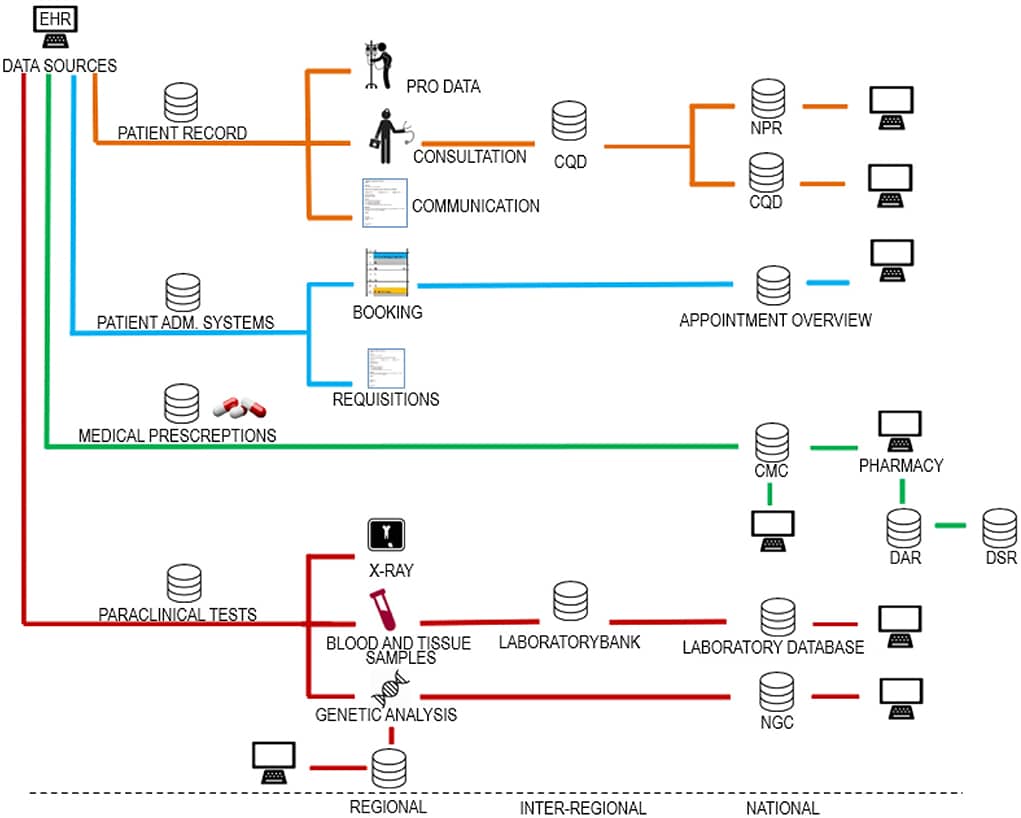Erroneous data, also known as bad data, is misaligned or incorrect information that does not accurately represent reality. This type of data is commonly seen in computer systems, where a lack of validation and quality assurance processes may allow errors to slip unnoticed through various data stages. Erroneous data can be the result of human error, intentional misuse, or any type of system or software glitch.
In the realm of computer programming and cybersecurity, erroneous data is a major concern. Data accuracy is essential to ensuring the security and integrity of system operations. If a malicious attacker is able to introduce false information into the system, this data can be used to manipulate the system to their advantage. It can also be used to hide malicious activity.
One way to reduce the risk of erroneous data is to have a system in place to validate the accuracy of incoming data. This process ensures that data is checked against predetermined criteria. If an error is identified, it is flagged for further review. It is also important to have quality assurance processes in place to detect and alert on potential errors prior to utilization of the data. Finally, it is critical to limit access to data so that only authorized individuals can modify or delete it.
Erroneous data can have a significant impact on operations and can even lead to severe security threats. Therefore, it is imperative to have a robust set of protocols in place to detect and eliminate these errors. Taking the necessary steps to ensure accuracy of data can help organizations to maintain the trust of their users and protect the integrity of their systems.






